
Starting June 1st, 2023 Our warehouse fee will be $0.65/cubic foot per month
In effort to lower the warehouse storage fee during inflation, we have went narrow aisle racking.This construction took us four months but the project is finally completed. With narrow aisle racking, we are able to drop storage by 24%.We as partners will go through this inflation together.
10/19/2023
What is Green Logistics? In straightforward terms, green logistics refers to any business practice aimed at enhancing the sustainability of operations. Often referred to as eco-logistics, it extends and expands upon the principles of traditional logistics. Traditional logistics primarily concentrates on operational efficiency with little regard for environmental concerns. Green logistics, however, strives to enhance both operational effectiveness and the overall sustainability of the organization.
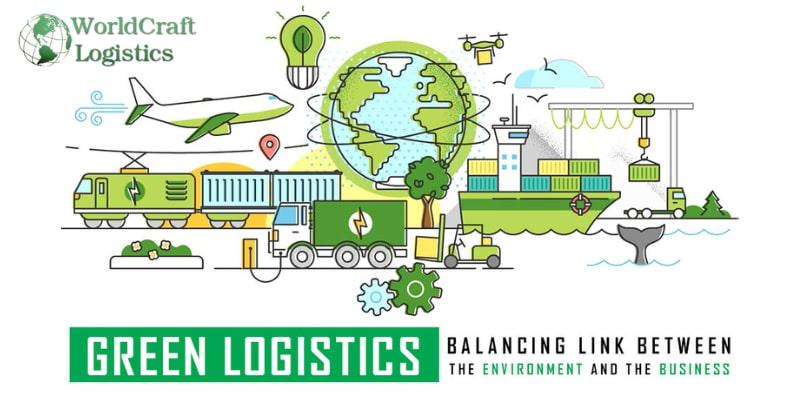
The rapid progress in technology, the emergence of novel business models, and significant shifts in consumer behavior have transformed the logistics sector and how organizations conduct their operations. To maintain a competitive edge, businesses must stay attuned to global market trends and harness them.
Green logistics is emerging as a top priority because the logistics and transportation industry ranks as one of the leading contributors to greenhouse gas emissions worldwide. According to global news, it represents 17% of global emissions, second only to the power sector. With increasingly stringent emission regulations and corporate green initiatives, sustainable logistics is swiftly rising on the agenda for supply chains. More and more businesses are embracing sustainable green logistics solutions, allowing them to gauge and monitor their carbon footprint through carbon reports and opt for carbon-efficient logistics alternatives to minimize environmental impacts throughout the supply chain.
Green logistics endeavors to achieve the following objectives:
Related articles:
- 10 Reasons the Retail Industry Should Invest in a Last-Mile Delivery Solution
- The Potential and Costs of Hydrogen for the Trucking Industry Discussed at CERAWeek
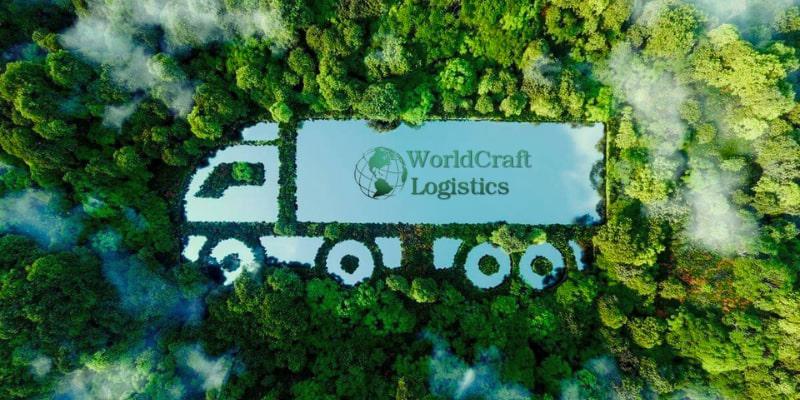
Today, the logistics industry is not renowned for its strong commitment to sustainability. Companies encounter substantial challenges when it comes to implementing environmentally friendly policies within the logistics sector. This is attributed to several factors:
Practical and economically viable solutions to reduce the sector's heavy reliance on fuel for goods transportation have yet to be identified.
While local authorities are in the process of imposing emission restrictions, a cross-sectoral agreement is required to establish measures for the construction of new facilities that align with the needs of those engaged in logistics operations.
The tight profit margins in logistics, whether conducted in-house or outsourced, often limit the ability to invest in infrastructure, process automation, or more efficient handling equipment.
Sustainability within the logistics industry faces a challenge because its success is contingent on customer sustainability. An additional complication arises from the fact that logistics often goes unnoticed by the end customer. The increasing demand for services like 24-hour deliveries can hinder load consolidation and efficient transport operations. Furthermore, logistical costs are frequently omitted from invoices or are deemed negligible, which diminishes their importance and, consequently, provides businesses with fewer incentives to invest in environmental sustainability.
In particular, e-commerce deliveries have significantly augmented the number of delivery vehicles in major cities, with many of them operating without full loads due to mixed orders.
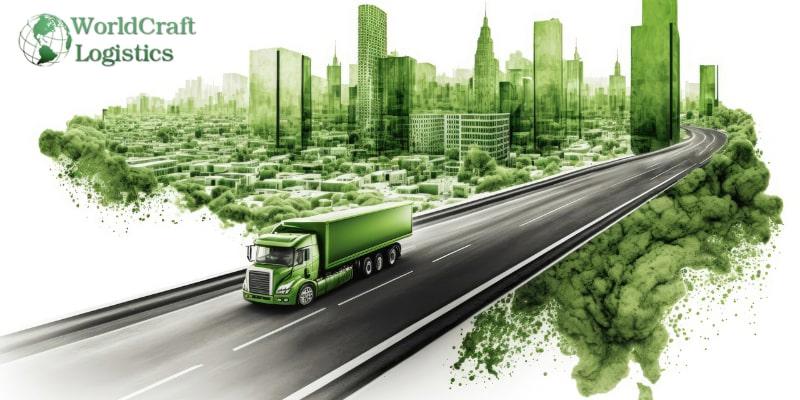
Green logistics, also known as sustainable logistics or eco-friendly logistics, offers several advantages:
Environmental Benefits: Green logistics reduces the environmental impact of logistics operations. It leads to lower carbon emissions, reduced air and noise pollution, and a smaller ecological footprint. By using cleaner transportation modes, optimizing routes, and adopting energy-efficient technologies, logistics companies can significantly contribute to environmental preservation.
Cost Savings: Implementing green logistics practices often results in cost savings. More efficient transportation and distribution processes can reduce fuel consumption, maintenance costs, and overall operational expenses. Additionally, tax incentives and reduced fees for eco-friendly operations can further lower costs.
Improved Brand Image: Companies that prioritize green logistics build a positive brand image. Consumers are increasingly concerned about environmental issues, and they are more likely to support businesses that demonstrate a commitment to sustainability. This can lead to increased customer loyalty and market share.
Regulatory Compliance: Many governments and regions are implementing strict environmental regulations. Embracing green logistics practices ensures that your business remains compliant with these regulations, avoiding potential fines and legal complications.
Competitive Advantage: Being a pioneer in green logistics can provide a competitive advantage. It can help your company stand out in the market, attract environmentally conscious customers, and win new contracts or partnerships with organizations that prioritize sustainability.
Resource Optimization: Green logistics encourages efficient use of resources. By minimizing waste, reducing energy consumption, and enhancing resource management, companies can operate with greater efficiency, which ultimately leads to higher profitability.
Risk Mitigation: Green logistics can mitigate risks associated with environmental damage or supply chain disruptions. It enhances resilience and reduces the vulnerability of your operations to environmental challenges.
Long-term Sustainability: By adopting green logistics practices, your company contributes to the long-term sustainability of the planet. This is not only a moral and ethical consideration but also a way to ensure that your business has access to vital resources in the future.
Access to New Markets: Some markets and industries give preference to eco-friendly suppliers and logistics providers. By going green, you can access these markets and expand your customer base.
Innovation Opportunities: Green logistics often drives innovation in technology and processes. Finding sustainable solutions can lead to the development of new products and services, further diversifying your business.
Overall, green logistics provides numerous advantages, making it a valuable strategy for companies looking to improve their environmental performance, reduce costs, and enhance their overall competitiveness.
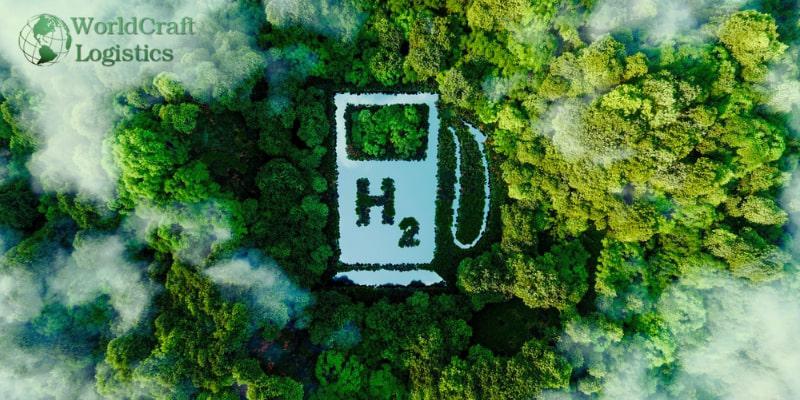
There are compelling reasons driving the growing prominence of green logistics:
If you aim to enhance your company's supply chain management while adopting practices aligned with green logistics principles, you can rely on Worldcraft Logistics for a gradual transformation. Our commitment to sustainability extends beyond our internal operations, as we also extend our expertise in warehouse management to our customers, aiding them in achieving greater efficiency and sustainability.
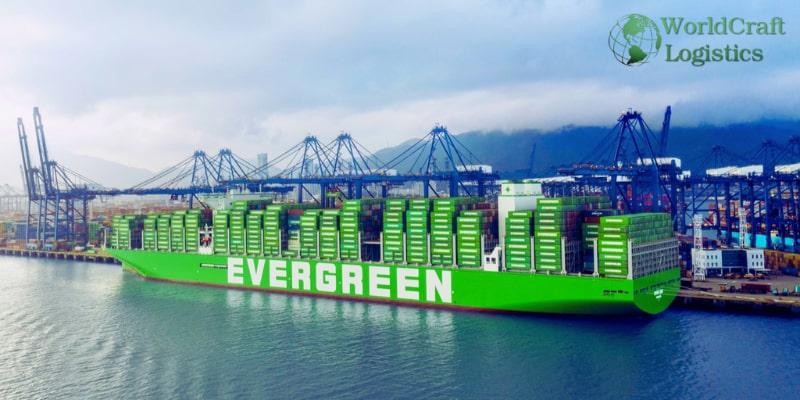
Incorporating sustainability criteria into your company's procurement and purchasing policy is crucial when evaluating supplier proposals. These criteria can encompass:
Transportation constitutes a significant source of carbon emissions within the logistics chain. In addition to acquiring more eco-friendly vehicles, it is essential to employ systems that aid in delivery route planning and promote load consolidation. This not only enhances fleet management efficiency but also reduces the overall emissions produced during transportation.
The thriving logistics sector has driven the demand for new warehouses, compelling companies to redesign their infrastructure to meet market requirements. Several ways in which eco-logistics can be reflected in warehouse design include:
Applying environmental logistics principles to waste management within your warehouse involves various measures, including:
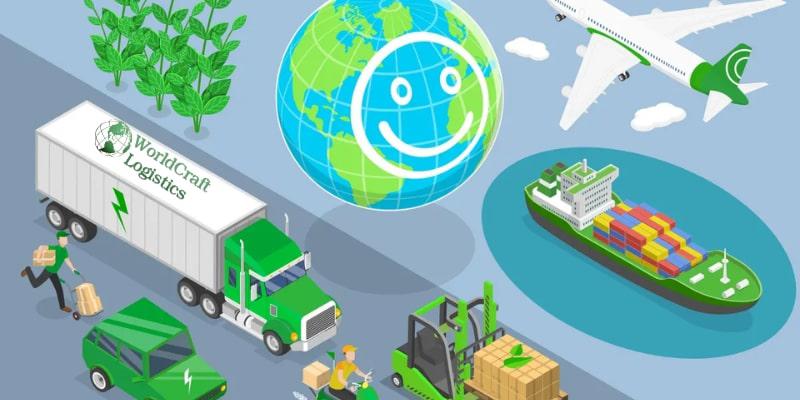
Efficient inventory management follows a fundamental principle of eco-logistics: waste reduction through process improvement. Measures to achieve this include:
Green logistics involves a transformation of environmental policies within logistics operations and supply chain management. On the other hand, reverse logistics pertains to the operational process of reusing and recycling materials within the logistics company.
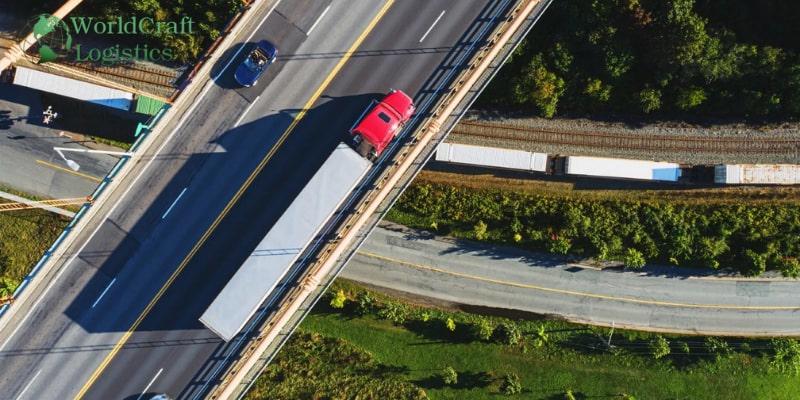
You can achieve cost reductions in eco-friendly logistics by adopting the following measures:
Eliminating the use of paper for record-keeping.
Establishing additional fulfillment centers in proximity to delivery locations to reduce fuel consumption.
Implementing digital route planning software.
Introducing electric vehicles for deliveries.
Batch delivery of goods to increase drop density.
Powering distribution centers with renewable energy sources such as solar or wind.
Offering discounts to loyal customers.
Logistics decarbonization involves the sustainable reduction of emissions throughout the supply chain. It may also encompass efforts to offset an organization's CO2 emissions. Successful logistics decarbonization, along with green supply chain strategies, leads to a carbon-neutral logistics system. This can be achieved through various means, including:
In summary, Worldcraft Logistics LLC believes that "green logistics" is not simply a trend but an important transformation that the logistics industry must embrace to ensure a sustainable future. Growing awareness of environmental responsibility and the need to reduce carbon emissions is driving businesses to adopt environmentally friendly practices in their supply chains. Green logistics not only benefits the planet but also helps save costs, comply with regulations and provide a competitive advantage.
SEO
Digital Marketing/SEO Specialist
Simon Mang is an SEO and Digital Marketing expert at Wordcraft Logistics. With many years of experience in the field of digital marketing, he has shaped and built strategies to effectively promote Wordcraft Logistics' online presence. With a deep understanding of the logistics industry, I have shared more than 500 specialized articles on many different topics.

Hot News
08/05/2024
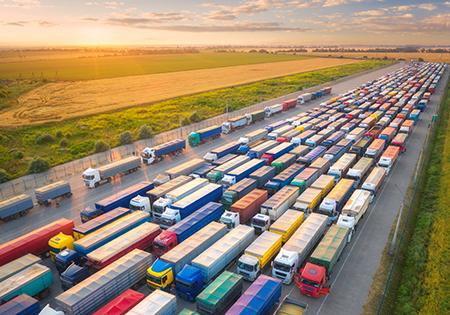
Hot News
02/23/2023
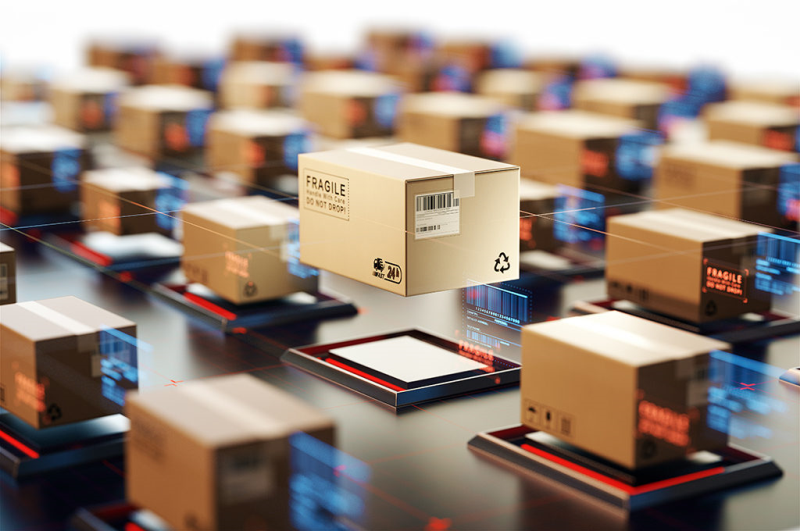
Hot News
02/23/2023
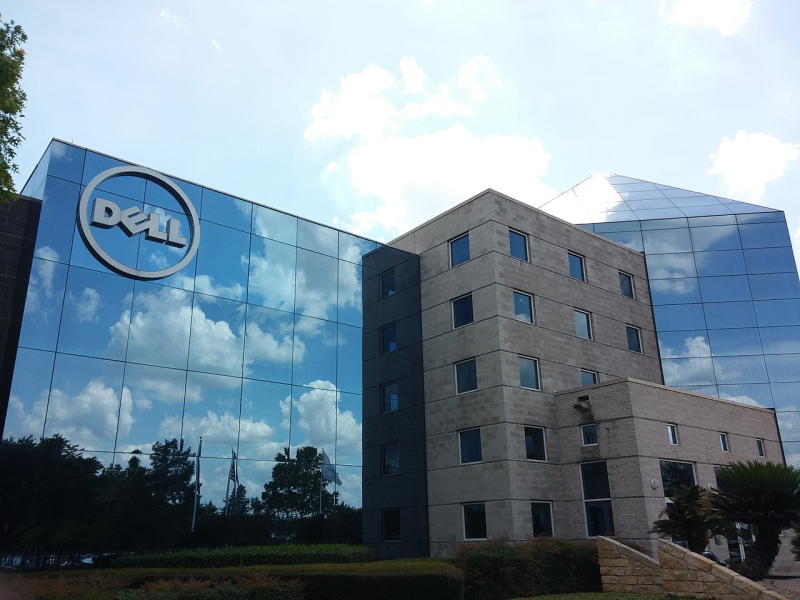
Hot News
02/06/2023
Hot News
02/07/2023